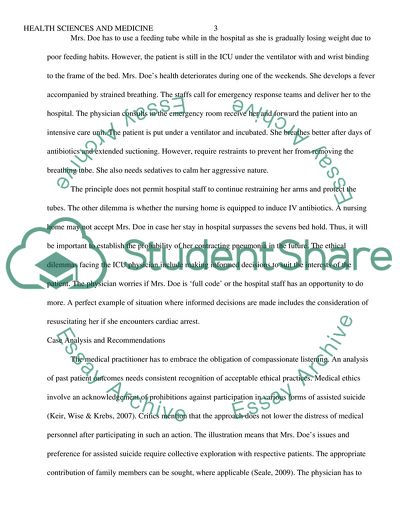Cite this document
(Ethical aspects of a health care industry managerial practice Case Study, n.d.)
Ethical aspects of a health care industry managerial practice Case Study. https://studentshare.org/medical-science/1840764-ethical-aspects-of-a-health-care-industry-managerial-practice
Ethical aspects of a health care industry managerial practice Case Study. https://studentshare.org/medical-science/1840764-ethical-aspects-of-a-health-care-industry-managerial-practice
(Ethical Aspects of a Health Care Industry Managerial Practice Case Study)
Ethical Aspects of a Health Care Industry Managerial Practice Case Study. https://studentshare.org/medical-science/1840764-ethical-aspects-of-a-health-care-industry-managerial-practice.
Ethical Aspects of a Health Care Industry Managerial Practice Case Study. https://studentshare.org/medical-science/1840764-ethical-aspects-of-a-health-care-industry-managerial-practice.
“Ethical Aspects of a Health Care Industry Managerial Practice Case Study”. https://studentshare.org/medical-science/1840764-ethical-aspects-of-a-health-care-industry-managerial-practice.


